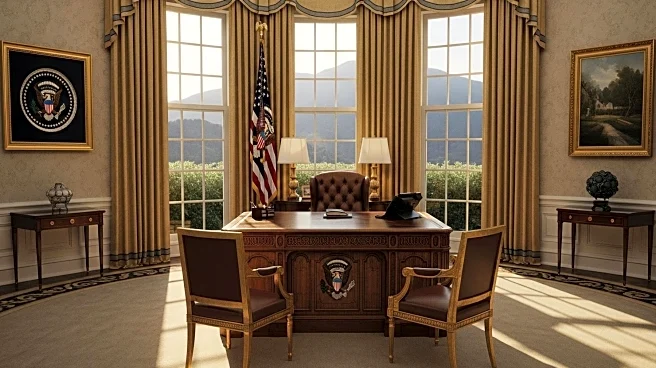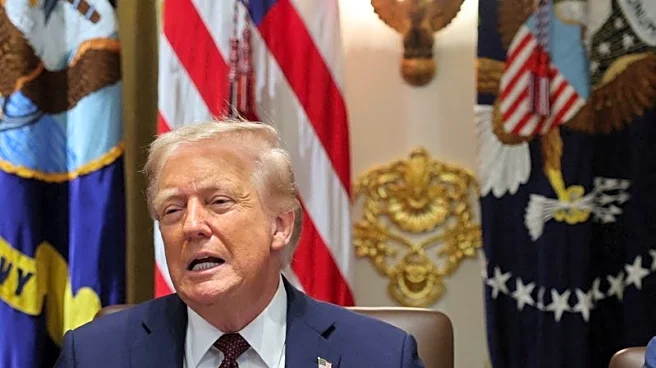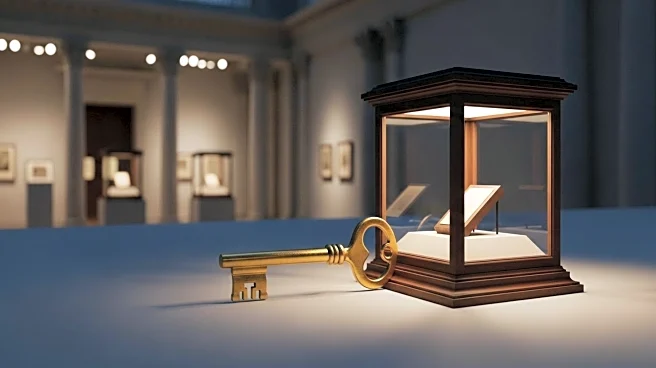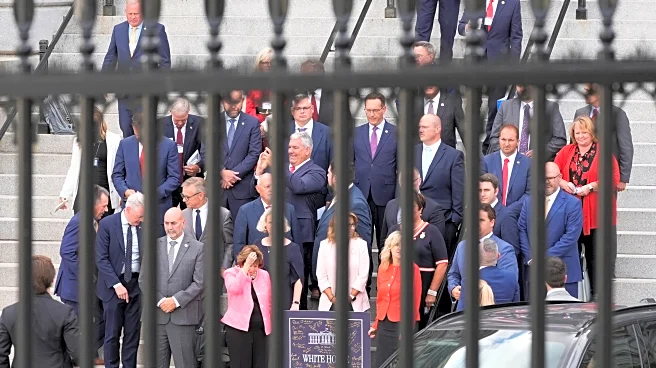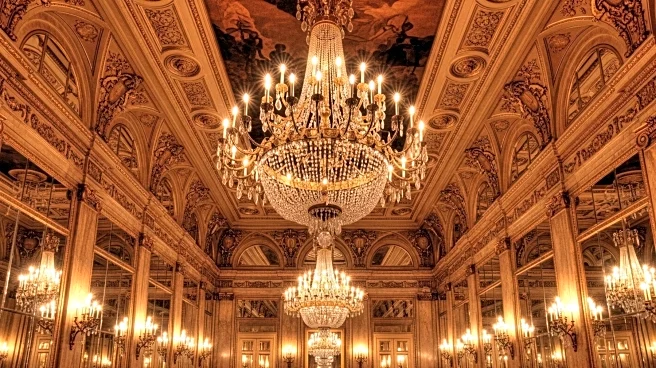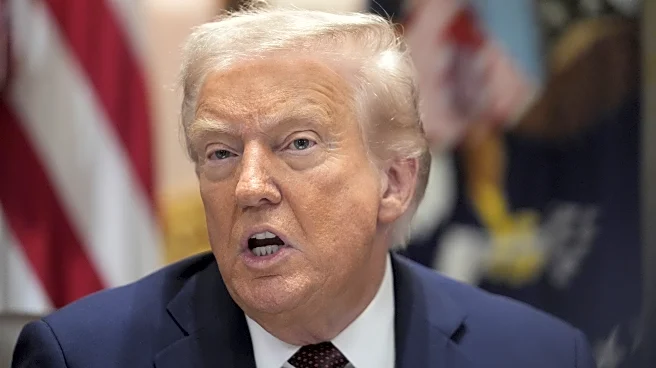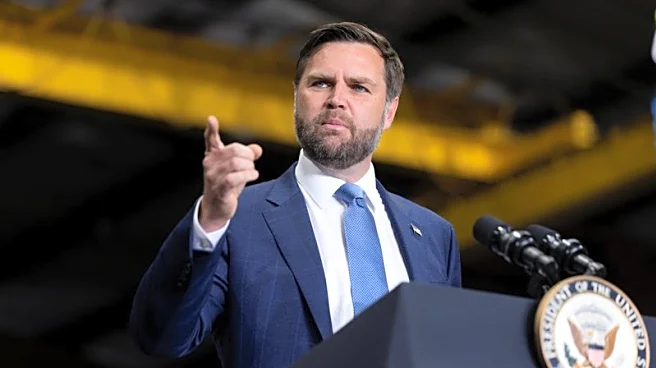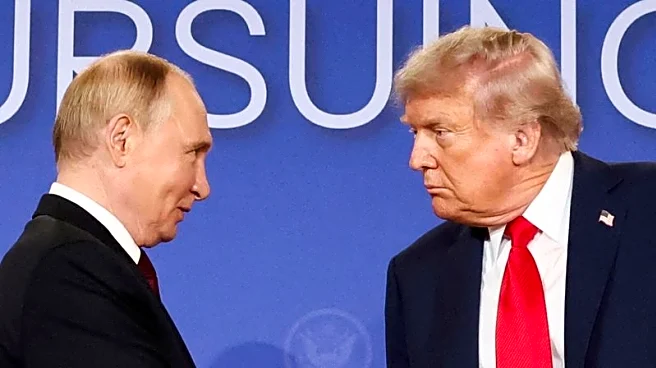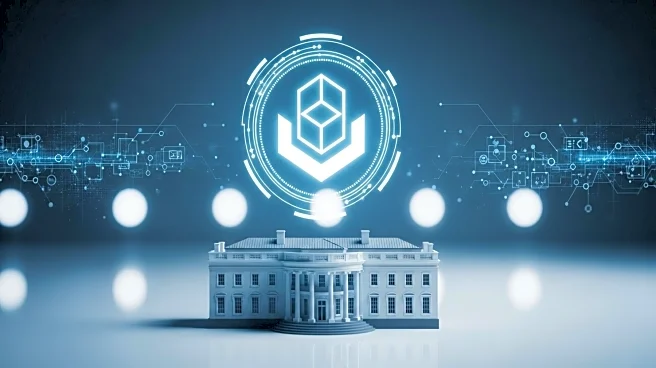What's Happening?
President Trump has made significant changes to the Oval Office, incorporating extensive gold leafing and other decorative elements. These modifications have drawn criticism from various quarters, with some describing the new look as gaudy and reminiscent of a professional wrestler's dressing room. The changes include gold curtains, vases, frames, and other gilded items, transforming the iconic space into a maximalist display. Trump claims that no taxpayer funds were used for these renovations, opting for 24-carat gold for the gilding. Critics argue that these changes reflect Trump's personal style rather than the historical significance of the White House, which is considered the People's House.
Why It's Important?
The transformation of the Oval Office under President Trump has sparked a debate about the balance between personal expression and the preservation of historical integrity in the White House. The changes have raised concerns about the potential impact on American democracy, as the White House is a symbol of the nation's values and history. Critics argue that the renovations may detract from the historical significance of the space, turning it into a reflection of Trump's personal brand rather than a representation of the nation's past. This development highlights the ongoing tension between personal influence and public heritage in presidential administrations.
What's Next?
As President Trump's term continues, further changes to the White House may be anticipated, potentially leading to more debates about the preservation of historical integrity versus personal expression. The renovations, particularly the ballroom plans, could have lasting impacts on the White House's structure and function. Once Trump's term ends, the incoming administration may choose to reverse or modify these changes, restoring the Oval Office to a more traditional appearance. The staff is experienced in quickly transforming the space between administrations, suggesting that the current modifications could be temporary.
Beyond the Headlines
The renovations reflect broader themes of power and image in American politics, with Trump's use of gold symbolizing a royal or imperial presidency. This approach contrasts with previous administrations that emphasized democratic values and historical preservation. The changes may influence public perception of the presidency and the White House, potentially affecting how future administrations approach the balance between personal expression and historical integrity.
